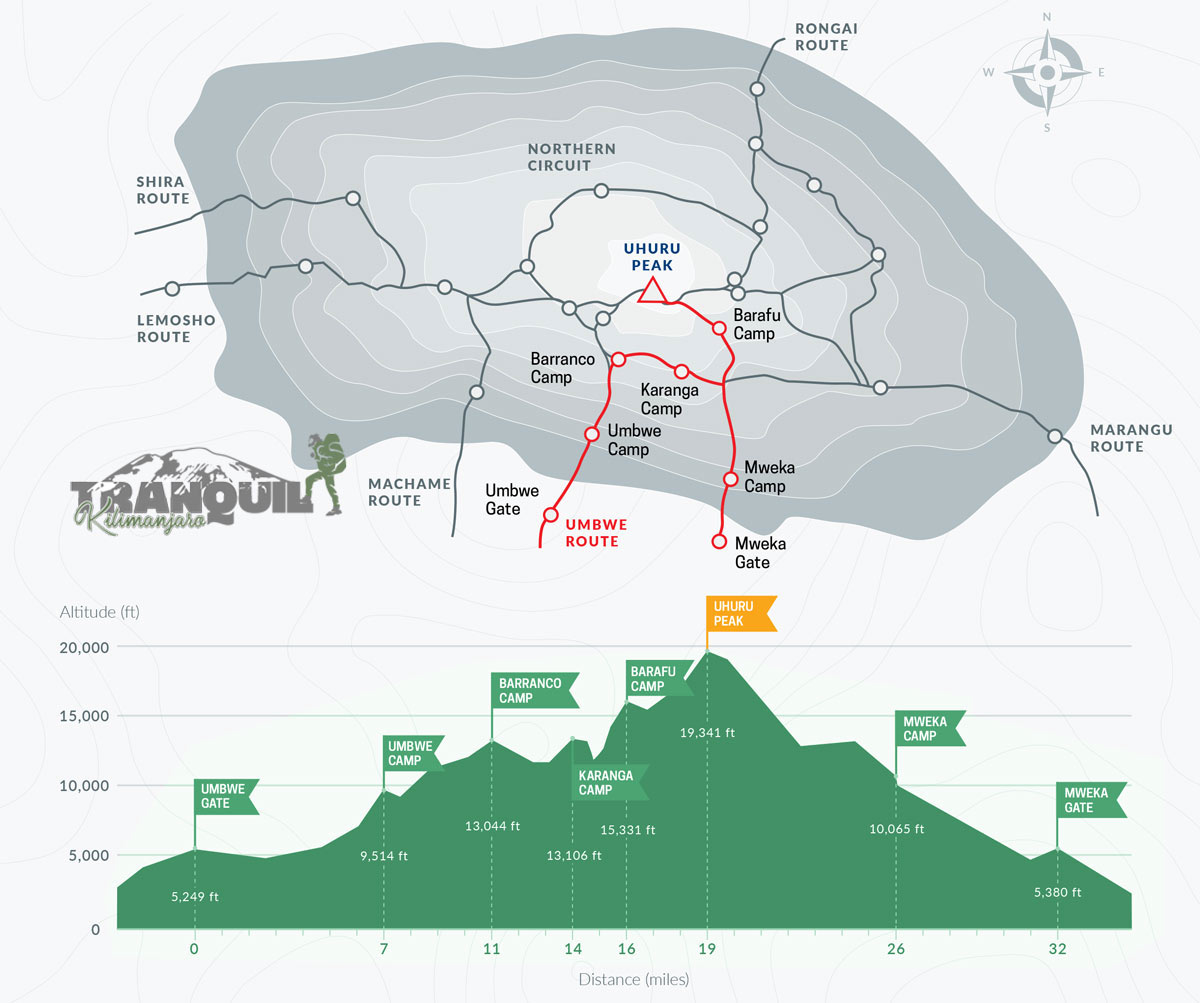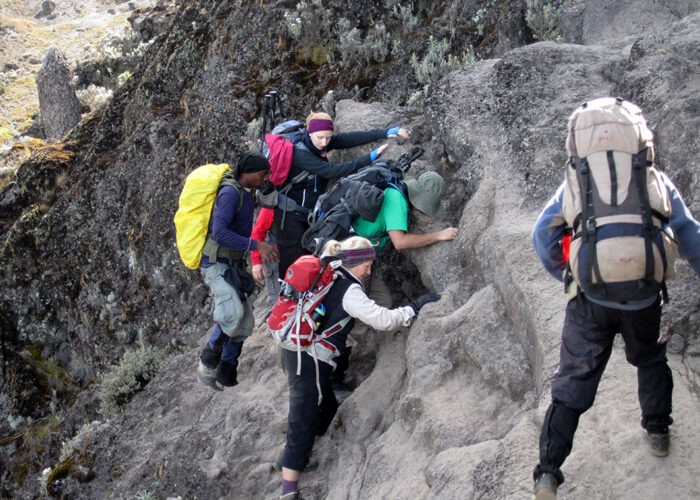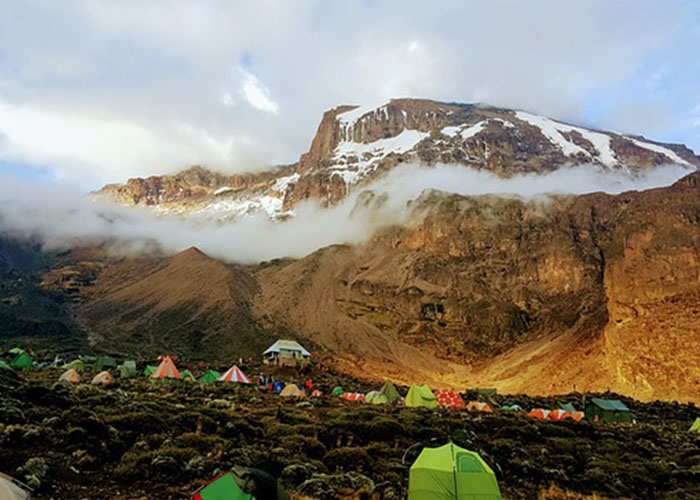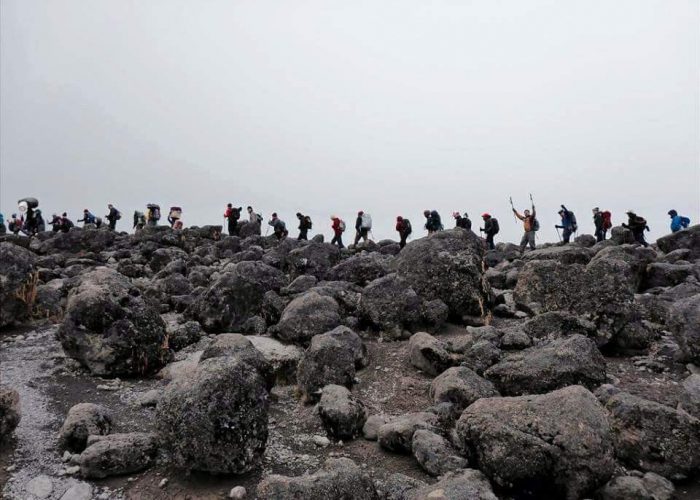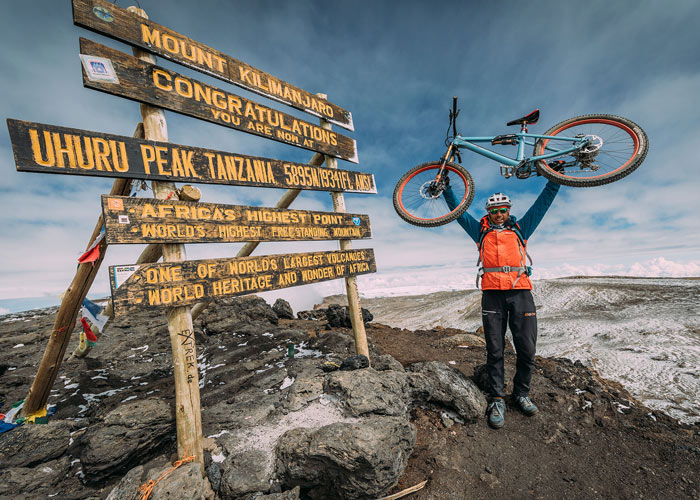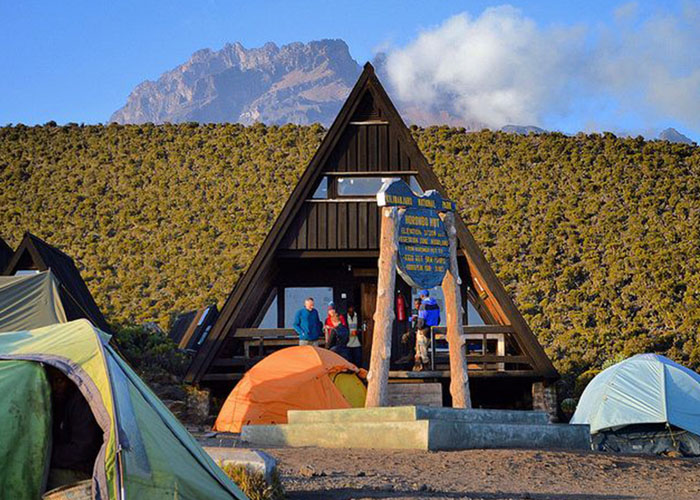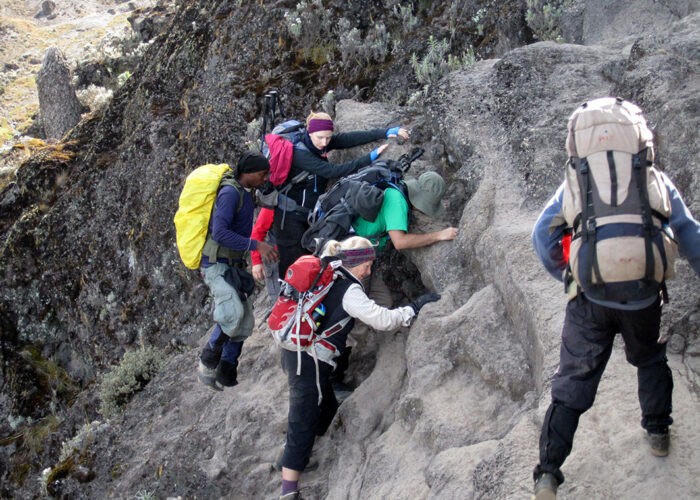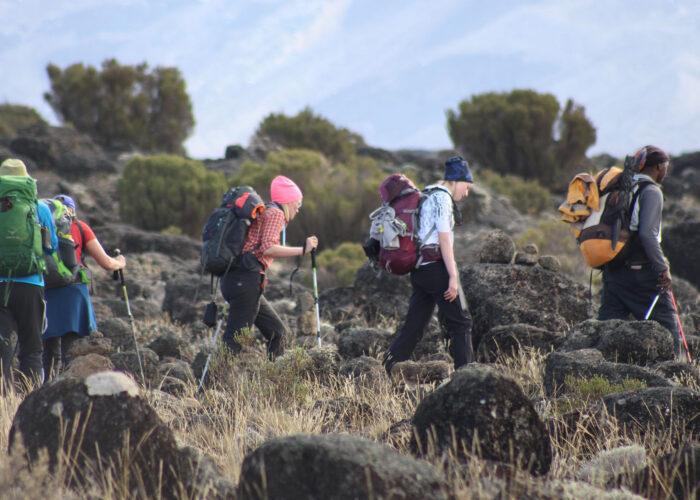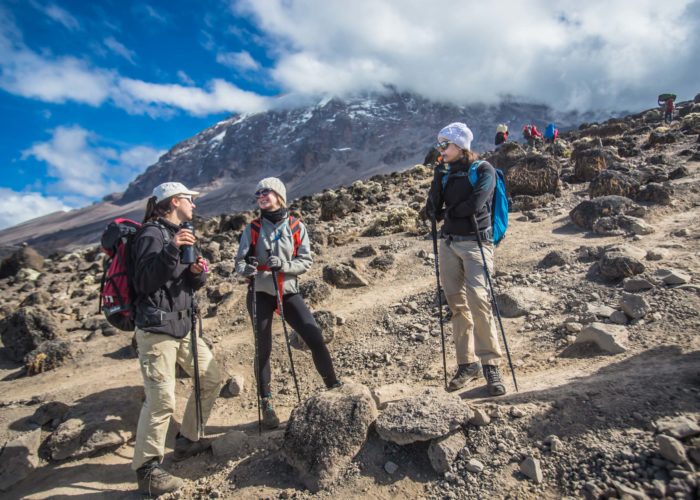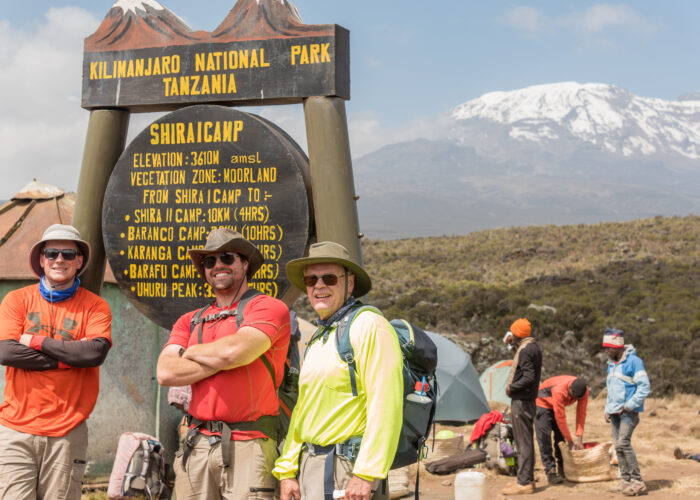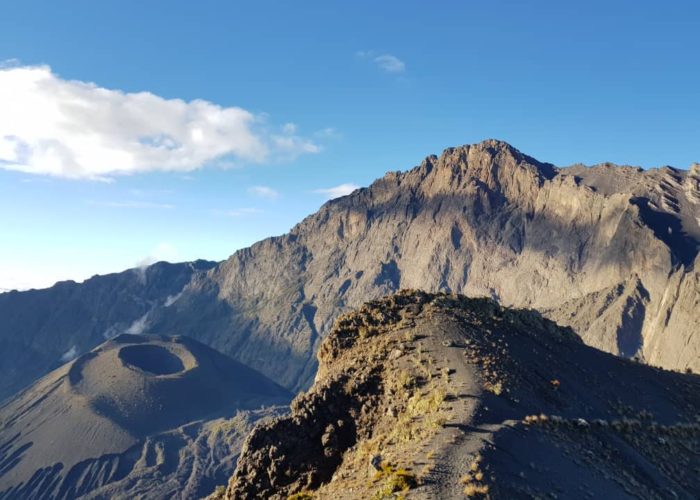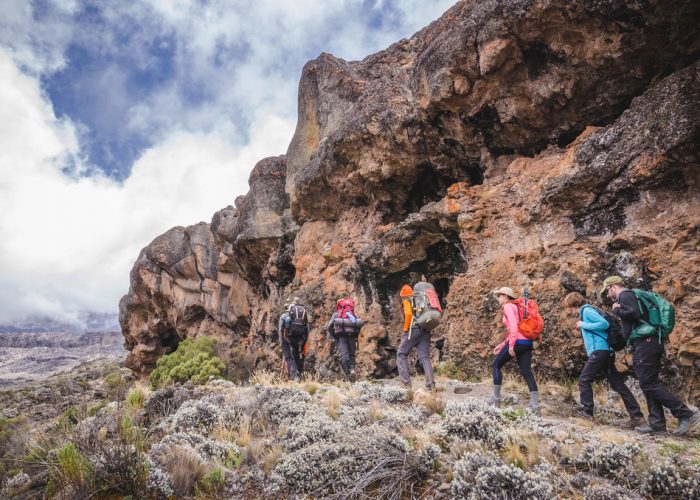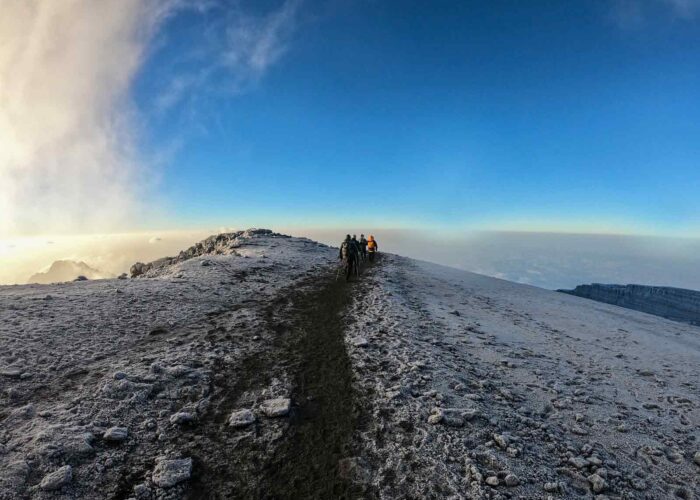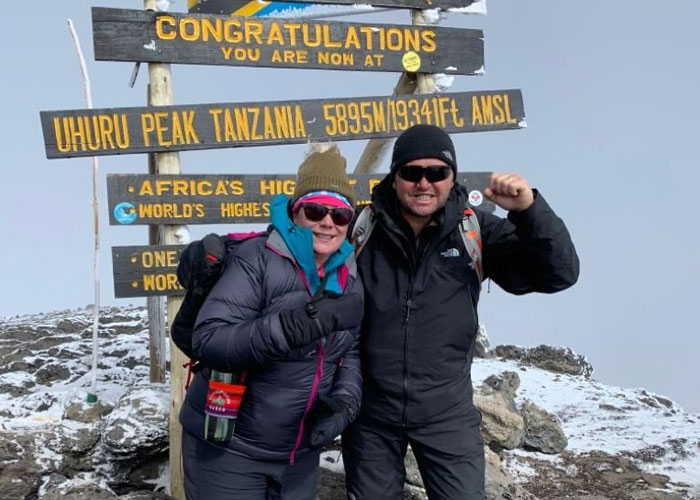The Umbwe route, thanks to its fast ascent to high altitude, and sometimes lacking acclimatization stages, is one of the most challenging routes used to approach mount Kilimanjaro’s summit.
Traffic on the Umbwe route is very low as very few mountain climbers choose this route as their summiting trail. Relatively, chances for summit success are considerably lower as compared to the other routes.
Umbwe is considered to be a very demanding and challenging route, one that should only be attempted by highly skilled and experienced climbers who believe in having a great ability to acclimatize quickly to high altitudes.
Umbwe Route Detailed Description
This route is a lot more direct, steep, and short, approaching the summit from the southern side of the Mountain. The route’s trail turns Eastwards towards Barranco Camp and crosses underneath Mount Kilimanjaro’s Ice Field to the South at Barranco Camp on a path known as the Southern Circuit before reaching your last camp, Barafu, from where you will summit.
Coming down the Mountain, the trail takes a different approach, using Mweka Route for the descent.
At Tranquil Kilimanjaro we offer the Umbwe Route package with two options, 6 Days Umbwe Route and 7 Days Umbwe Route climbing packages. The 7-day Umbwe route itinerary has an extra acclimatization day on the third day to Barranco Camp.
In the past, the Umbwe Route used to hold the title of being the shortest, most direct, and steepest route for summiting Mount Kilimanjaro, up until the opening of the Western Breach Route.
- Difficulty rating: Extremely challenging
- Height: Distance covered between the beginning of the Umbwe route to Uhuru peak is approximately 5,895 meters (19,341 feet)
- Duration: Recommended number of days for climbing Kilimanjaro using the Umbwe route is 6 or 7 days giving you an extra day or so for acclimatization. Using 5 days is also possible but not recommended as it excludes the acclimatization day.
- Trail conditions: The trail begins well but progresses into a steep slope whereby sometimes you will have to use trees and roots as support to haul yourself forward as you hike on rocky ground. Going up higher to the alpine zone of Kilimanjaro, you will encounter strong winds carrying elements along.



